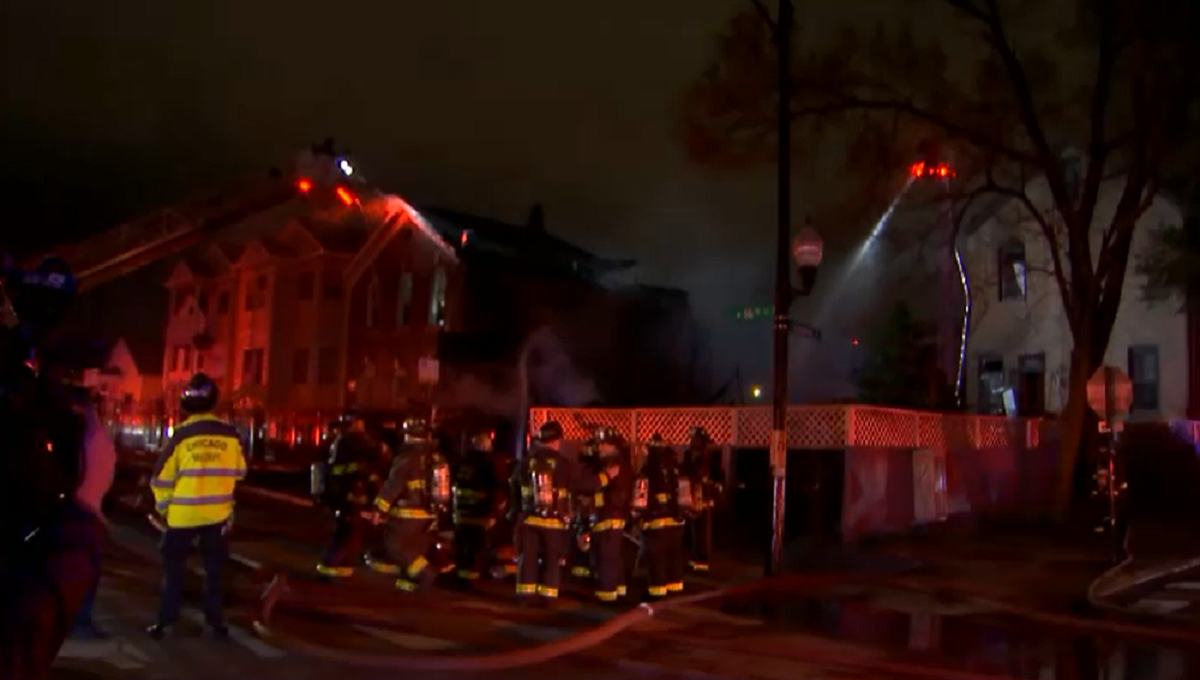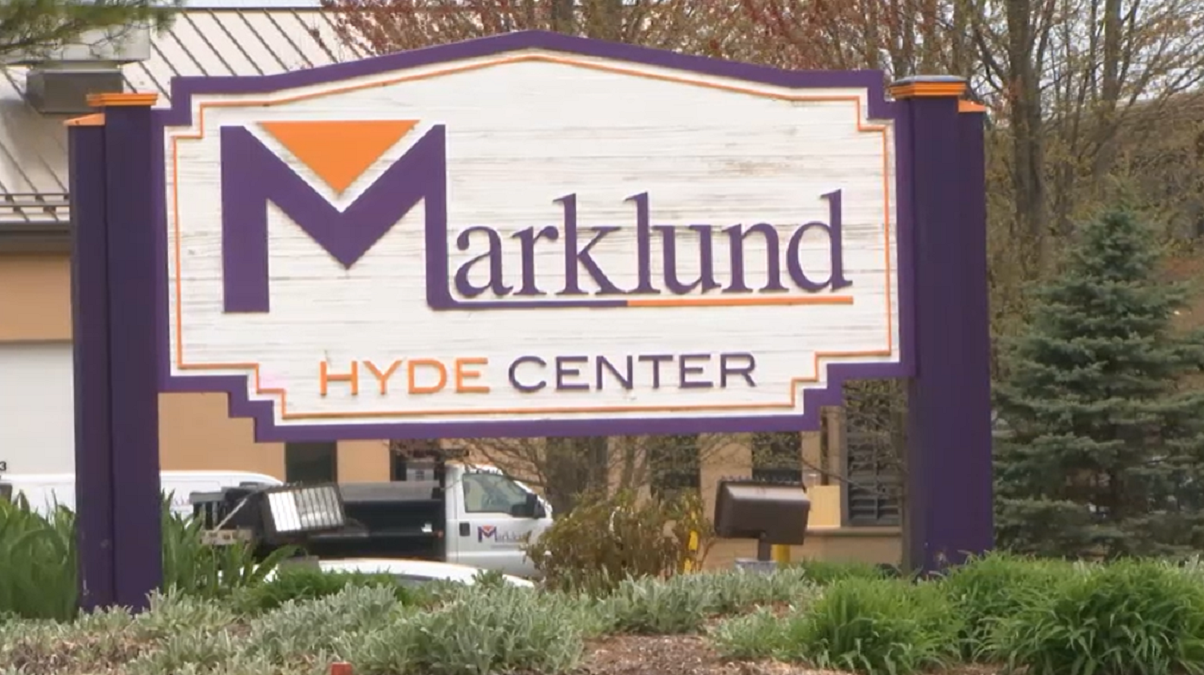Inside Argonne National Laboratory in suburban DuPage County, researchers are getting their first glimpse of the proteins that make up the coronavirus in hopes of understanding how the virus works to combat it.
“We gave priority to coronavirus work currently, “said Karolina Michalska, a University of Chicago protein crystallographer.
Michalska is part of a team made up of researchers from Northwestern University Feinberg School of Medicine and other international institutions looking into how the coronavirus replicates.
“There is a lot of effort going into it,” said Bob Fischetti, life sciences advisor to the Advanced Photon Source director at Argonne National Laboratory.
The APS uses high-brilliance X-ray beams for research in material and biological science.
There’s no risk of coronavirus exposure to Argonne staff or the community. They’re not studying the live virus, but cloned proteins.
“We use those to try to determine how does this virus work, replicate and how can we stop it,” Fischetti said.
Local
Coronavirus research has been given top priority.
In a matter of weeks, they’ve already found major similarities to the SARS virus that spread in 2003.
“That helps us leap frog because we already have a lot of information,” Fischetti said.
The findings suggest that drugs that had previously been in development to treat SARS could now be effective against COVID-19.
SARS killed 774 people over eight months, according to officials. The coronavirus has led to more than 3,000 deaths in a matter of weeks.
“That is one of the things we’d like to know,” said Fischetti, when asked if they are trying to find out why the coronavirus outbreak appears to be more severe.
Once they have the 3D protein structure of the coronavirus mapped, the hope is that pharmaceutical companies can use that information to develop drugs to stop it.
“We feel the pressure, that there is a need to move with the research as fast as we can,” Michalska said.
Even though it has been given top priority, experts said science this sophisticated will still take time.
“Best estimates I keep hearing are a year or two years,” Fischetti said, when asked how long until a drug or vaccine could be made available.



